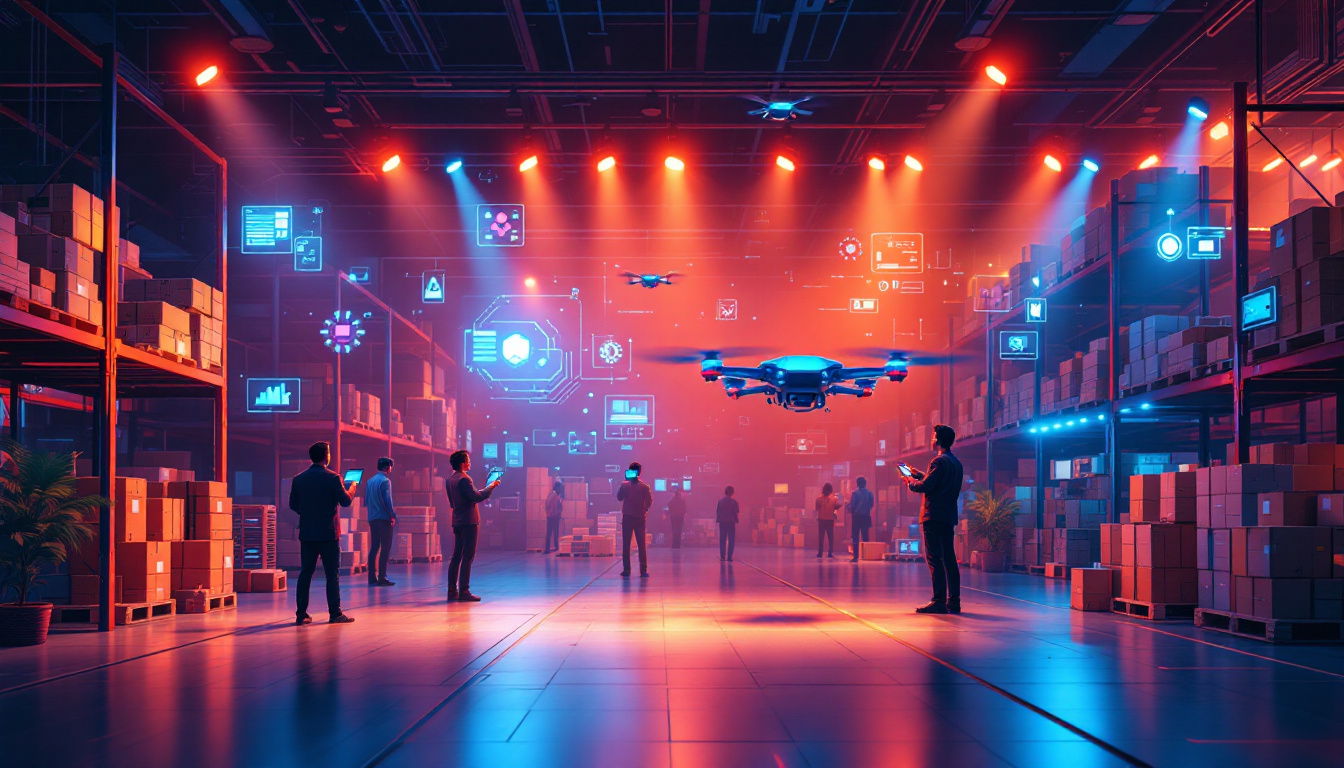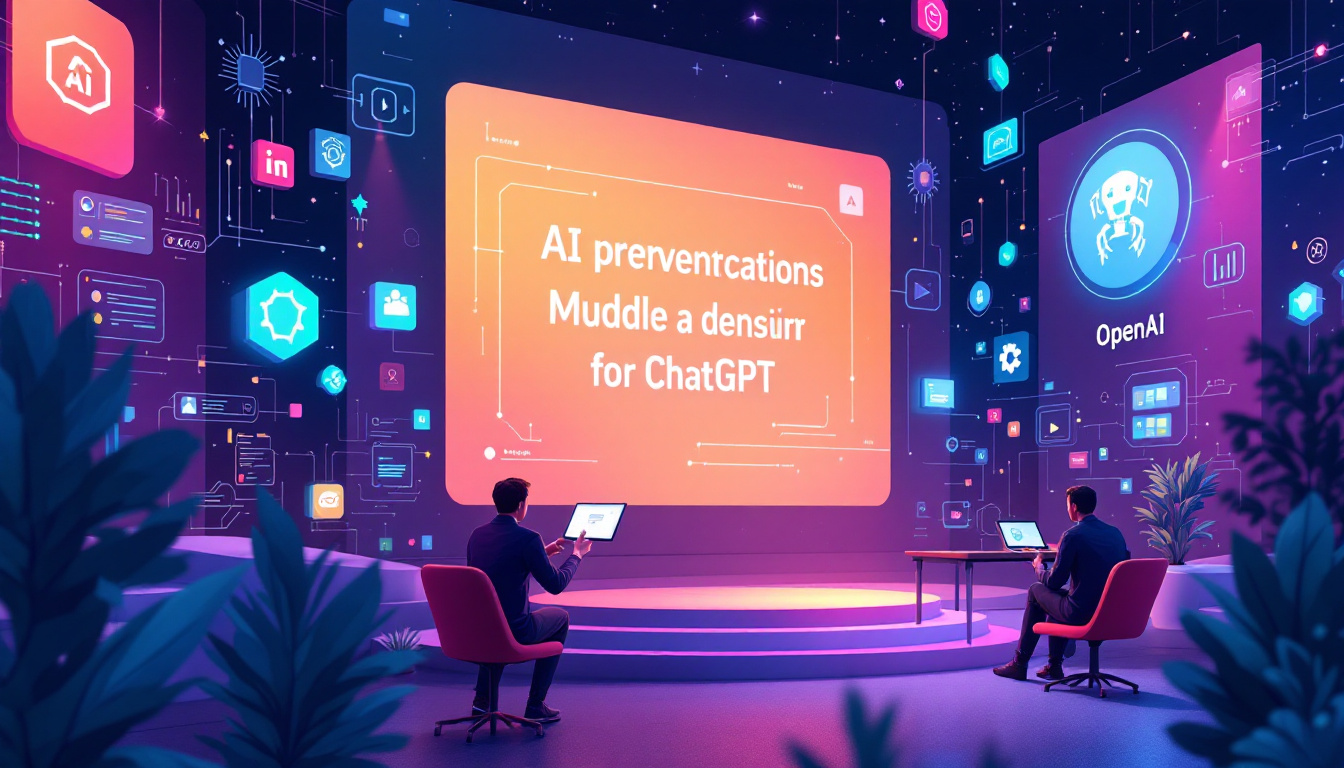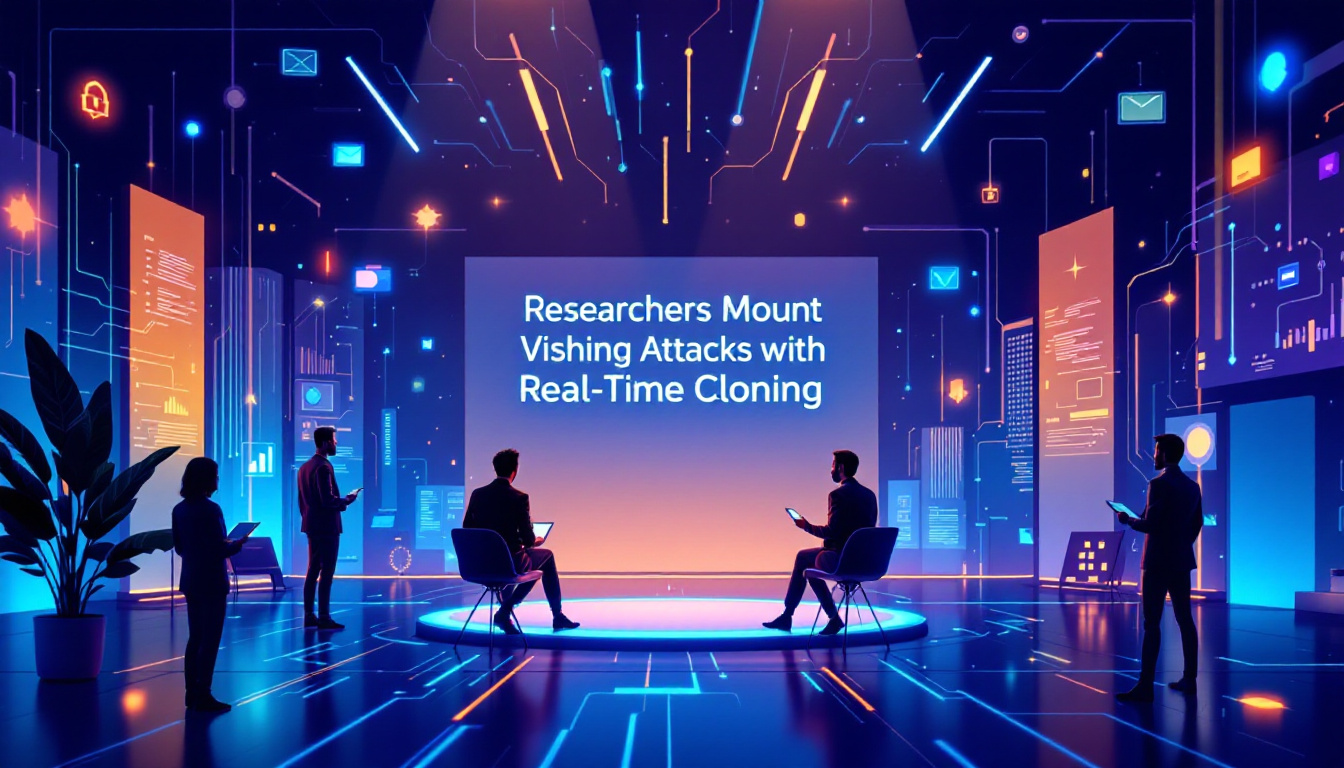Google Launched A2A Protocol for AI Agents
In a significant leap forward in artificial intelligence, Google has launched the A2A Protocol (Agent-to-Agent), a new open communication standard designed specifically for AI agents. This protocol aims to revolutionize how AI systems interact, collaborate, and operate in shared environments.
What Is the A2A Protocol?
The A2A Protocol is a universal language and standard developed by Google to enable AI agents from different creators, platforms, and ecosystems to communicate seamlessly. Much like the way APIs enable applications to interact, A2A serves as a bridge that allows AI agents to understand one another, coordinate tasks, and exchange information efficiently.
Key Features
- Interoperability: Works across various AI systems and platforms.
- Open Source: Built with transparency and developer participation in mind.
- Real-Time Communication: Facilitates live, synchronous agent collaboration.
- Security & Privacy: Includes robust encryption and permission-based sharing.
- Extensibility: Modular design allows for integration with custom models and logic.
Why This Matters
Until now, AI agents largely functioned in silos, restricted by proprietary formats and platform-specific APIs. The A2A Protocol changes that paradigm by enabling cooperative intelligence. Agents can now work in tandem across diverse tasks—from customer service bots and virtual assistants to autonomous robots and productivity tools.
"A2A is a step toward building a more collaborative AI ecosystem, where agents aren't just reactive—they're proactive collaborators." — Google AI Research Team
Real-World Applications
- Multi-Agent Smart Homes: Imagine a Nest thermostat, Google Assistant, and a Roomba working together to clean and optimize your home without user intervention.
- Autonomous Vehicles: Self-driving cars from different manufacturers communicating traffic updates and coordinating routes in real time.
- AI-Powered Customer Support: Multiple bots handling various tiers of support, seamlessly passing information down the chain.
How It Works
The A2A Protocol is built on a foundation of RESTful APIs and WebSockets for real-time data exchange. Here's a simplified example:
POST /message
{
"sender": "Agent_X",
"receiver": "Agent_Y",
"type": "task_request",
"content": {
"task": "fetch_weather",
"location": "New York"
}
}
Agent_Y would receive and process the task, then return the response using the same endpoint. This approach promotes plug-and-play extensibility for developers and platforms alike.
Benefits for Developers
Google’s launch of the A2A Protocol comes with a complete developer kit, documentation, and a sandbox environment.
- Easy onboarding with SDKs for Python, Node.js, and Go
- Testing framework with simulation tools
- Built-in security modules for credential and token management
Challenges and Considerations
Despite its potential, A2A will need to overcome adoption hurdles. Widespread implementation requires buy-in from major tech players, robust compliance frameworks, and evolving standards to adapt to new use cases. There's also the ethical dimension—ensuring that multi-agent collaboration does not infringe on privacy or security.
Tips for Getting Started
- Explore Google’s official documentation
- Try the sample projects provided in the SDK
- Join the developer community to discuss ideas and get feedback
- Experiment with multi-agent workflows in your existing AI applications
Frequently Asked Questions (FAQs)
Is A2A only for Google-based AI agents?
No. While developed by Google, A2A is designed to be platform-agnostic and open to all developers.
Can A2A agents communicate in different languages?
Yes. A2A uses standardized JSON-based messaging, and agents can use NLP to interpret language inputs across various locales.
Is it secure?
Absolutely. A2A uses end-to-end encryption and authentication layers to ensure secure agent communication.
Will A2A become the new standard?
It's too early to tell, but early adoption by developers and positive community feedback point toward a promising future.
Conclusion
Google's A2A Protocol is a monumental step toward a future where AI agents don't just exist—they collaborate. By standardizing communication, enhancing interoperability, and fostering innovation, A2A is set to redefine what intelligent automation looks like across industries. The AI future isn’t coming—it’s already here, and now it talks.



